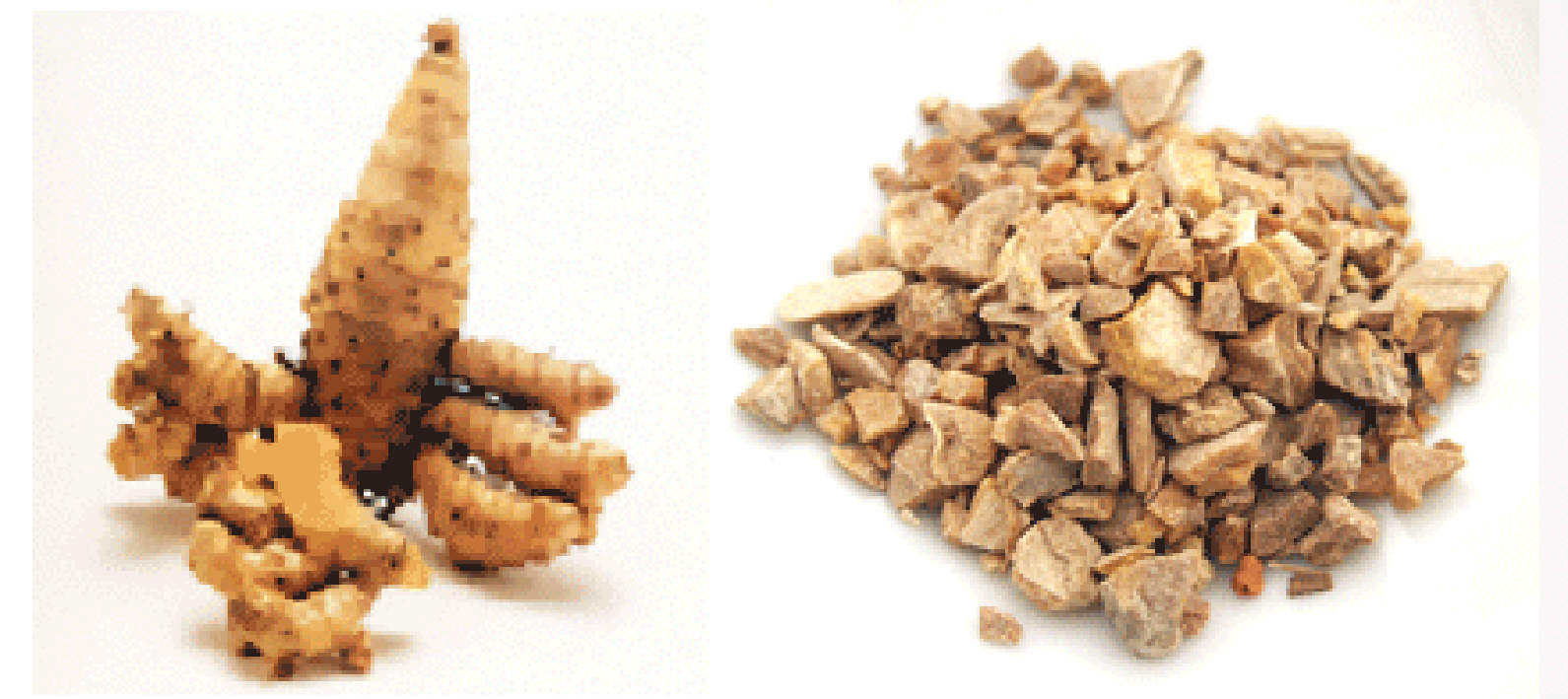FabulousFusionFood's Spice Guide for Zedoary Root Home Page
 Fresh and dried
zedoary, the rhizome
of Curcuma
zedoaria.
Fresh and dried
zedoary, the rhizome
of Curcuma
zedoaria.
Welcome to the summary page for FabulousFusionFood's Spice guide to Zedoary Root along with all the Zedoary Root containing recipes presented on this site, with 3 recipes in total.
This is a continuation of an entire series of pages that will, I hope, allow my visitors to better navigate this site. As well as displaying recipes by name, country and region of origin I am now planning a whole series of pages where recipes can be located by meal type and main ingredient. This page gives a listing of all the Cornish recipes added to this site.
These recipes, all contain as a major flavouring.
Zedoary, Curcuma zedoaria (also known as red ginger, white ginger and white turmeric) represents the rhizome of a perennial monocotyledonous herb and a member of the Zingiberaceae (Ginger) family. Zeodary grows in tropical and subtropical wet forest regions. Though originating in north-eastern India, today it is widely cultivated in India, South East Asia and China. The rhizome of zedoary is edible and has a bright orange interior (similar to turmeric) and a fragrance reminiscent of mango. In contrast, its flavour is more akin to a combination of ginger and carrot, but with a very bitter aftertaste.
The rhizome is strongly aromatic, but this is overlaid with rather unpleasant, medicinal scents. The taste is very bitter. Like turmeric (which is closely related to it), zedoary contains several sesquiterpenes, many of which are specific to it. These include: germacrone-4,5-epoxide, germacrone, furanodienone, curzerenone, zederone, dehydrocurdione, curcumenol, isocurcumenol, curcumenone, curmanolide A and curmanolide B. The English name derives from the Arabic and Farsi names, jadwaar or zedwar [جدوار].
In Thailand, the young rhizomes are often eaten as a very aromatic vegetable and in India it is occasionally used to flavour the pickles (achar). In Indonesia it is dried and ground to a powder before being added to curry paste. It seems to have been known in Europe during the Medieval period and recipe sources up to the 16th century make use of dried zeodary as a spice. It is also used fresh in Nigeria (where it is known as white ginger) to flavour some meat sauces. The bitterness of zeodary has, however, led to a marked decline in the use of this spice.
This is a continuation of an entire series of pages that will, I hope, allow my visitors to better navigate this site. As well as displaying recipes by name, country and region of origin I am now planning a whole series of pages where recipes can be located by meal type and main ingredient. This page gives a listing of all the Cornish recipes added to this site.
These recipes, all contain as a major flavouring.
Zedoary, Curcuma zedoaria (also known as red ginger, white ginger and white turmeric) represents the rhizome of a perennial monocotyledonous herb and a member of the Zingiberaceae (Ginger) family. Zeodary grows in tropical and subtropical wet forest regions. Though originating in north-eastern India, today it is widely cultivated in India, South East Asia and China. The rhizome of zedoary is edible and has a bright orange interior (similar to turmeric) and a fragrance reminiscent of mango. In contrast, its flavour is more akin to a combination of ginger and carrot, but with a very bitter aftertaste.
The rhizome is strongly aromatic, but this is overlaid with rather unpleasant, medicinal scents. The taste is very bitter. Like turmeric (which is closely related to it), zedoary contains several sesquiterpenes, many of which are specific to it. These include: germacrone-4,5-epoxide, germacrone, furanodienone, curzerenone, zederone, dehydrocurdione, curcumenol, isocurcumenol, curcumenone, curmanolide A and curmanolide B. The English name derives from the Arabic and Farsi names, jadwaar or zedwar [جدوار].
In Thailand, the young rhizomes are often eaten as a very aromatic vegetable and in India it is occasionally used to flavour the pickles (achar). In Indonesia it is dried and ground to a powder before being added to curry paste. It seems to have been known in Europe during the Medieval period and recipe sources up to the 16th century make use of dried zeodary as a spice. It is also used fresh in Nigeria (where it is known as white ginger) to flavour some meat sauces. The bitterness of zeodary has, however, led to a marked decline in the use of this spice.
The alphabetical list of all Zedoary Root recipes on this site follows, (limited to 100 recipes per page). There are 3 recipes in total:
Page 1 of 1
| Amb Halad Ka Achar (Zedoary Pickle) Origin: India | Asian Duck Curry Origin: Fusion | Indonesian Island-style Curry Powder Origin: Indonesia |
Page 1 of 1